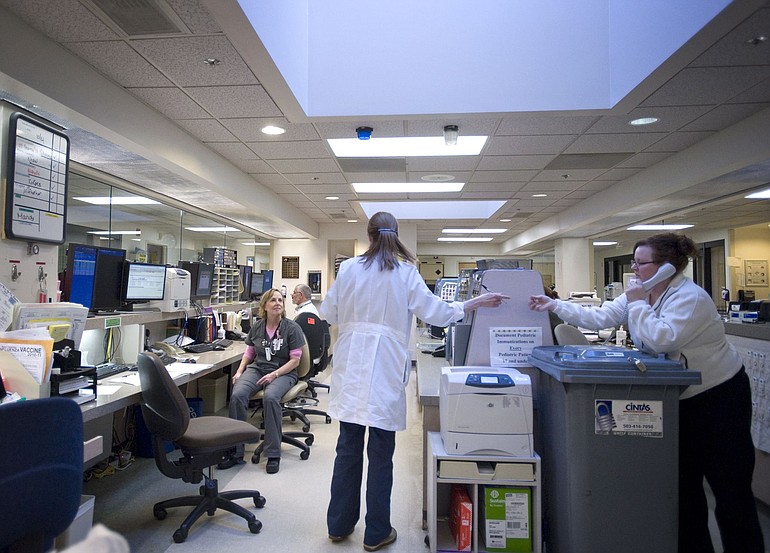If a proposal to merge Vancouver’s Southwest Washington Medical Center with a sprawling Bellevue-based hospital chain goes through, one thing is clear: Southwest will cease to be an independent hospital with ties to only one community.
But there are more questions than answers about the planned merger with PeaceHealth.
Why did Southwest choose to partner with PeaceHealth, when other, closer-to-home hospital chains would have loved the opportunity? How much control is Clark County giving up? Will donors still be generous with the hospital when it’s headquartered elsewhere?
No one is saying such a merger, or “affiliation,” as both health care nonprofits have called it, will negatively affect the medical care people receive.
Backers of a marriage between Southwest and the larger PeaceHealth say it will bring benefits: boosting Southwest’s ability to raise capital for construction projects, increasing hospital services and adding jobs. And experts say a consolidation of this kind was only a matter of time as economic pressures and federal health care reform push hospitals to abandon their independent status in search of shared costs.




